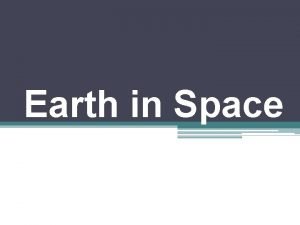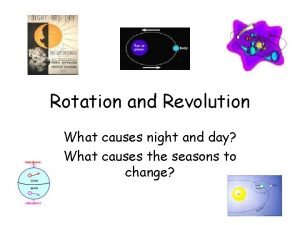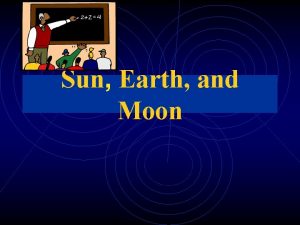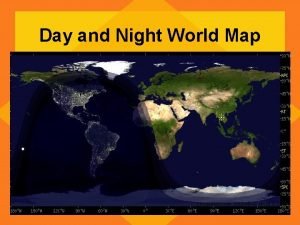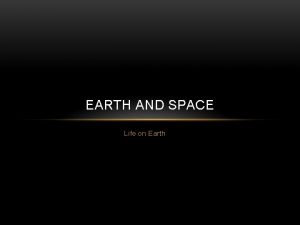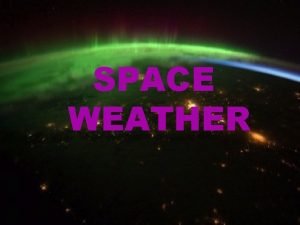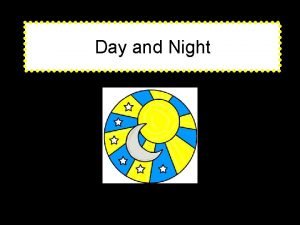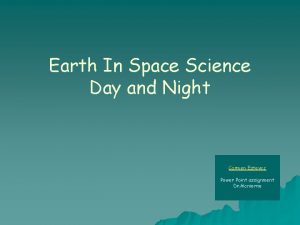Earth in Space What causes day and night









- Slides: 9

Earth in Space

What causes day and night? • ROTATION: Earth spinning on its axis is called its rotation and it causes day and night. • It takes 24 hours or 1 day for Earth to rotate once on its axis.

Day and Night • The Earth continuously rotates to the east which is why the sun appears to set in the west. • It is nighttime on the side where the Earth is not facing the Sun; daytime where the Earth is facing the Sun.

What causes years? • REVOLUTION: Earth traveling around (orbiting) the Sun is called revolution. • It takes 365. 25 days for Earth to revolve once around the Sun.

What causes Seasons? • Two things cause Earth to have seasons 1. Revolution of Earth around the Sun 2. The TILT of Earth’s axis as it revolves around the Sun. Earth is tilted 23. 5° on its axis.

What causes Seasons? • When the North Pole is tilted TOWARDS the Sun the Northern Hemisphere is experiencing Summer. • When the North Pole is tilted AWAY from the Sun the Northern Hemisphere is experiencing Winter.


Solstices • Summer Solstice – June 21 or 22 ▫ 1 st Day of Summer ▫ Longest “Day” of the year The most hours of daytime The sun is directly over the Tropic of Cancer. • Winter Solstice – December 21 or 22 ▫ 1 st Day of Winter ▫ Longest “Night” of the year The most hours of nighttime The sun is directly over the Tropic of Capricorn.

Equinox • Spring Equinox – March 20 or 21 ▫ 1 st Day of Spring ▫ EQUAL amount of daytime and nighttime The sun is directly over the Equator. • Fall Equinox – September 22 or 23 ▫ 1 st Day of Fall ▫ EQUAL amount of daytime and nighttime The sun is directly over the Equator.
